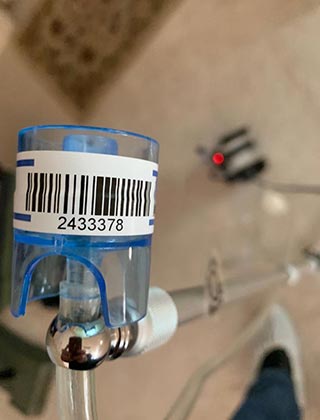MENU

One of the biggest issues with mold growth is the impact it can have on indoor air quality. Active mold growth releases its spores directly into the air you breathe. The presence of mold isn't always visible on walls or ceilings, yet it can still pose a substantial issue. Utilizing air sampling for mold can determine if the indoor environment has been compromised. Mold and air quality testing are essential tools in this context, ensuring that mold air quality remains at safe levels.
From any regions in your home where mold is visible or suspected to be flourishing in concealed spots, samples are collected for an air quality check for mold. Additionally, we gather a control sample, typically from an outdoor location, to establish a baseline. This helps determine the expected mold presence in the vicinity and ensures accurate air quality test results.

Both these techniques play a vital role in efforts to test mold air quality, helping to gauge the safety and cleanliness of the environment. The samples are dispatched to an independent testing laboratory, where the mold spores in the air are counted and the mold strains are identified. A certified expert, like a mold inspector or industrial hygienist, usually conducts mold air sampling. Based on the unique requirements of the project, the specialist determines the most suitable air sampling device and methodology to use.
Choosing O2 Mold Testing for air sampling offers several compelling reasons, making it a reputable and reliable choice for individuals seeking professional mold assessment services. Here are some key considerations:
Choosing O2 Mold Testing for air sampling means opting for a service provider with a strong reputation for expertise, comprehensive services, advanced technology, customized solutions, transparent reporting, a focus on customer satisfaction, and compliance with industry standards. These factors collectively make us a trusted partner in ensuring the quality and safety of indoor environments through accurate mold assessments.